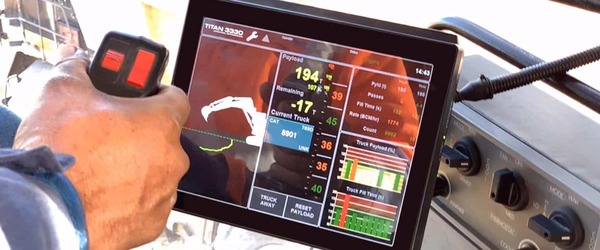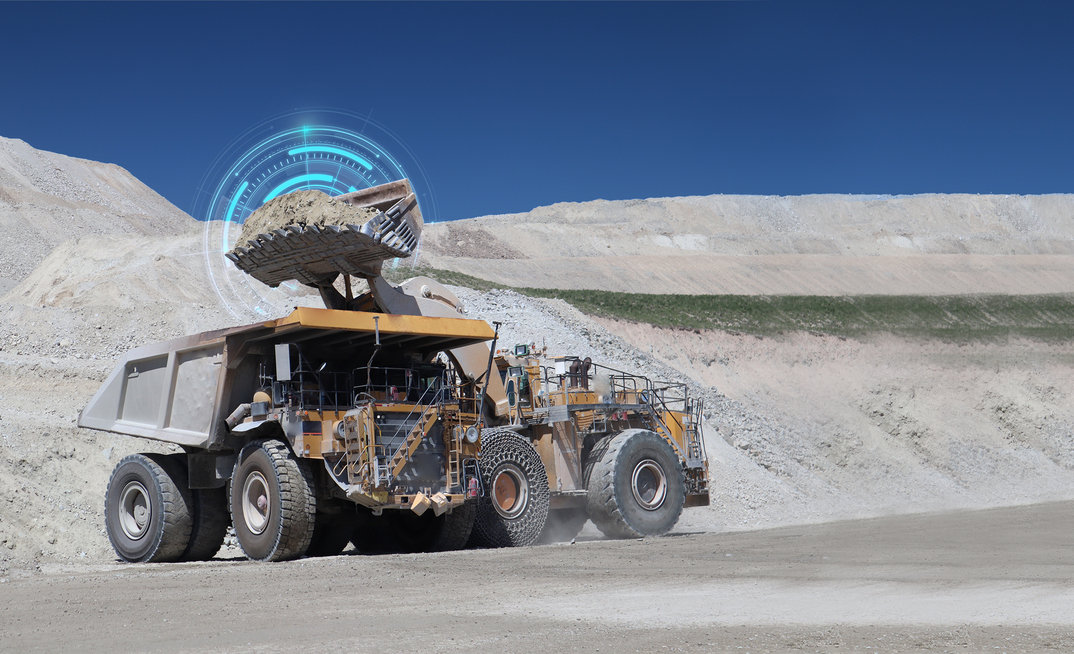Governments, investors, and employees are demanding that corporations take action on environmental, social, and governance (ESG) issues. And the mining industry is no exception.
There's no single solution to the complex challenges of sustainability, but technology presents significant opportunities to progress closer to miners' goals.
Reducing GHG Emissions in Mining
The extraction and primary processing of minerals are a significant cause of carbon emissions (26% of global totals including scope 3 emissions according to Global Data). Energy consumption and intensity in mining and mineral processing are rising at around 6% each year, largely due to the declining grade of ore bodies and the increasing amount of waste that must be removed to access them.
And yet, critical minerals like lithium and cobalt are essential for an electrified future.
While innovations like electrification and green hydrogen will significantly cut emissions, many of these technologies are prohibitively expensive or still in development.
Miners need to take steps to optimize their mining value chain with technology that exists today.
One obvious target: reducing the amount of diesel burned in mobile equipment. According to McKinsey, approximately 40-50% of a mine's CO2e emissions come from diesel used in mobile equipment.
CR Powered by Epiroc has developed smart solutions that can help miners reduce energy requirements at multiple points in the value chain while also improving productivity.
Optimized Drill and Blast
There are three significant opportunities to reduce emissions from drilling and blasting: drilling to pattern, drilling to target depth, and using rock hardness to minimize explosives.
Thunderbird 1110 TM is a high-precision GPS navigation system for rotary blast drills. By providing in-cab guidance, Thunderbird enables operators to confidently navigate directly to the next hole location, minimizing fuel use, and drill accurately to plan. When holes aren't drilled to plan, more explosives must be used, or rock ends up poorly fragmented. Both result in increased emissions, either from additional explosives emissions or increased dig energy required to move poorly fragmented rock.
Thunderbird also provides drill depth guidance. By avoiding over-drilling, drills waste less fuel, further reducing emissions. Thunderbird can eliminate up to 30% of drill depth errors and associated wasted drill time, saving up to 445 tonnes of CO2e emissions per drill annually.
Thunderbird's StrataSense, which maps rock hardness, helps operations blast accurately and reduces wasted explosives. By understanding rock composition so only the necessary explosives are used, emissions can be further reduced.
Opportunities in the Load Haul Circuit
Despite technological advances, today's load haul circuits remain wasteful and highly variable. In one analysis of an Australian iron ore mine, McKinsey found that 20-25% of total emissions from the site were from haul trucks.
Overloaded trucks consume more fuel, reduce circuit efficiency, and require additional maintenance, while underloaded trucks take more trips through the circuit, using more fuel to move the same payload.
Research published in the International Journal of Mining Science and Technology found that reducing payload standard deviation from 30% to 0% can save up to 35% of total fuel costs and CO2e emissions. Payload standard deviation measures the variation between the lowest truck payload and the highest. Lower standard deviation indicates that trucks are being loaded more consistently to target payload.
By optimizing the load and haul circuit so that the majority of trucks are loaded to target payload (eg with a tighter payload distribution), trucks will make fewer trips while making the most efficient use of fuel, reducing CO2e emissions per tonne of dirt.
Titan 3330TM is an excavator and loader-based payload management solution, measuring real-time bucket payload and total truck progress to target. More accurate than truck-based systems, operators get real-time feedback so they can make immediate adjustments to load trucks more precisely. Titan is proven to reduce payload variability, tighten spreads, and increase average truck payloads without increasing overloads.

For one iron ore miner, Titan increased median truck fleet payload from 227 to 239 tonnes. Over 10 million additional tonnes were moved by the same fleet over a year. By increasing average truck payload, the miner decreased liters of diesel burned per tonne by 0.8%, equivalent to saving ~1.3 million liters over 800,000+ truck loads in a year. That's a savings of 3,500 tonnes of CO2e emissions.
Implementing Titan 3330 and increasing average payloads while tightening spreads is something miners can do today to reduce emissions on the road to achieving sustainability goals.
Zero Harm and GET Monitoring
A critical aspect of social governance for the mining industry is health and safety. New technology holds promise for making mine sites ever safer in the pursuit of Zero Harm.
One area ripe for innovation is tracking lost ground engagement tools (GET) before they enter the crusher.
GET entering the crusher raises significant safety risks. Sending personnel into the crusher to remove GET is an intrinsically risky intervention, with the added danger of the component being ejected as a projectile.
Miners need to know when they've lost a tooth (or any other GET component) and be able to find it quickly before it gets to the crusher.
GET Trakka TM is an integrated system of IoT-connected sensors embedded in GET and receivers installed on the machine. The GET steel protects the sensors, resulting in a reliable system that quickly alerts operators to lost GET without misfiring and causing false alarms.
The sensors work off the bucket, too. Operators can scan the dig region or isolated material to quickly find the lost component and minimize searching through ore, another safety risk for workers.

After implementing GET Trakka on their excavators, one mine in Namibia went from 1-2 crusher events per year to zero events over a period of four years, eliminating all the associated safety risks from crusher events.
Next Generation Mining Technology
CR Powered by Epiroc is shaping global mining through cutting-edge digital technology and collaborative partnerships toward a safer, more productive, and sustainable future. Our products are the next generation of mining technology that enables our customers to link actionable data with operational decisions that deliver on their sustainability and performance ambitions.
Let's chat about how we can help your mine boost productivity while progressing towards your sustainability goals.
ABOUT THIS COMPANY
CR Powered by Epiroc
CR Powered by Epiroc engineers advanced mining products and digital solutions for surface and underground mining equipment, fixed plant, and wear parts. Its advanced physical and digital solutions help the world’s best miners unlock productivity, enhance safety, and reduce emissions.
HEAD OFFICE:
- Address: Building 5, Level 3/747 Lytton Road, Murarrie, QLD, 4172, Australia
- Tel: +61 7 3902 3800
- Email: marketing@crmining.com
- Website: crmining.com

























